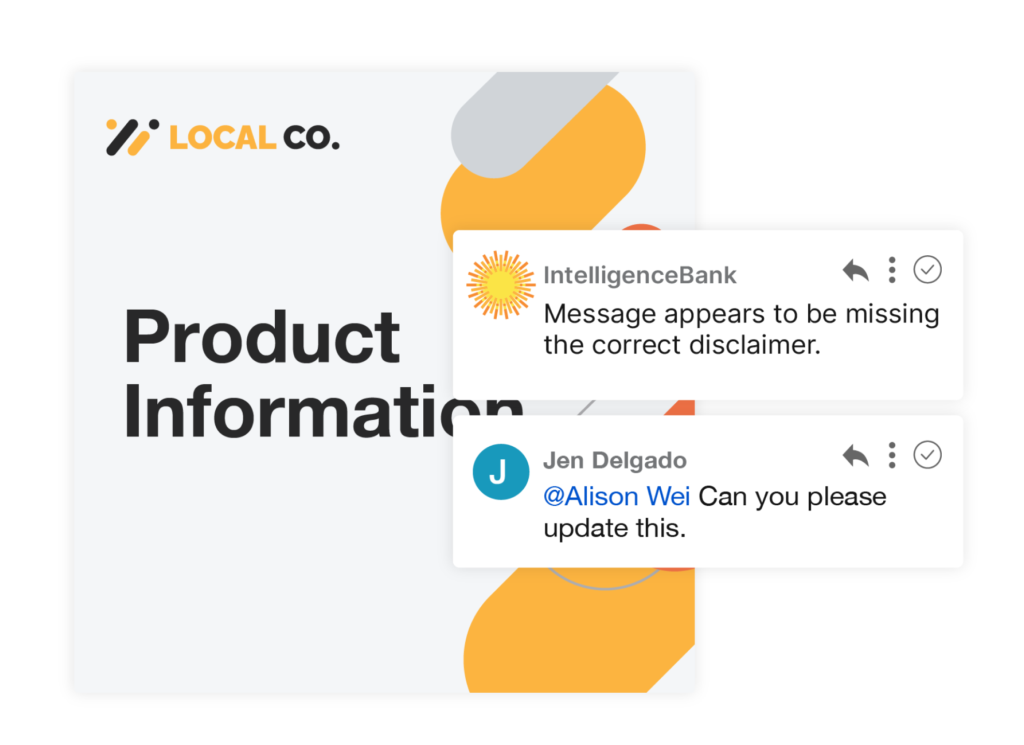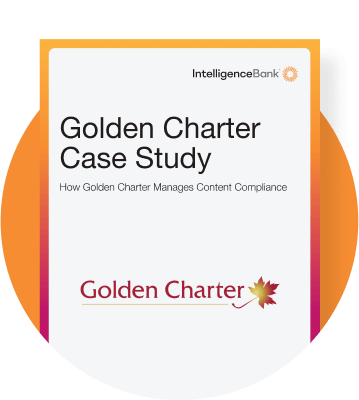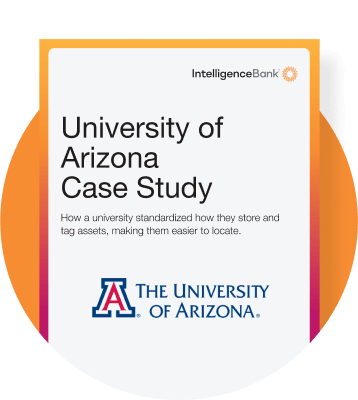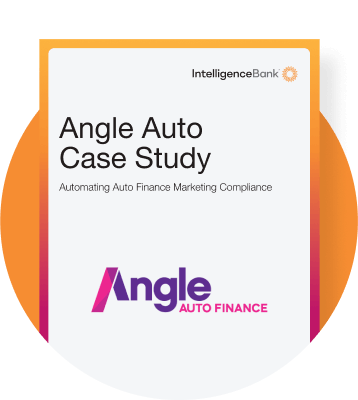For Home, Motor, and Consumer Credit insurers in Australia, adhering to the myriad legal marketing requirements is a part of the job – day in day out. But for a number of reasons, ensuring materials are clear, accurate, and compliant is onerous, and in fact, becoming more of a struggle.
In this guide, we’ll explore the importance of protecting both consumers and business, the penalties for non-compliance, and how AI and automation can streamline the review and approval process to ensure adherence to these critical standards.
Disclaimer: This document is not intended as a substitute for legal advice. It has been prepared using publicly available information and insights from industry experts. Companies should consult legal and compliance professionals when establishing internal protocols.
What Legislation Applies to Insurance Marketing?
Several laws control insurance marketing in Australia, including the Australian Consumer Law (ACL), Corporations Act 2001, and Australian Securities and Investments Commission (ASIC) guidelines. These regulations aim to protect consumers by ensuring that marketing materials are not misleading, deceptive, or unfair.
They cover key areas such as:
- Clear and Accurate Disclosures: Ensuring that all policy terms, exclusions, and costs are clearly communicated.
- Balanced Presentations: Avoiding exaggerated claims and ensuring that both benefits and limitations are presented fairly.
- Transparency: Disclosing the nature of the product, including any conflicts of interest or third-party relationships.
- Consumer Protections: Ensuring that vulnerable consumers are not exploited and that all communications are easy to understand.
What are the Penalties for Non-Compliance?
Non-compliance with Australian insurance marketing regulations can have serious consequences. Regulatory bodies like ASIC take violations seriously, as they can harm consumers and undermine trust in the industry.
Here are some potential penalties for failing to comply:
- Fines: Insurance providers can face significant fines for misleading or deceptive marketing. For example, Allianz and AWP pled guilty to ASIC charges they misrepresented the characteristics or level of coverage of travel insurance available for consumers. In some instances, the Allianz website advertised the maximum travel insurance benefits payable to consumers, but then failed to state that sub-limits, terms, conditions or exclusions would limit those benefits. The combined fine totalled $1.14M plus court costs.
- Reputational Damage: Publicized violations can damage an insurer’s reputation, leading to a loss of customers and business opportunities.
- Increased Scrutiny: Non-compliant providers may face more frequent audits and inspections, which can be time-consuming and costly.
- Legal Action: In severe cases, non-compliance can result in lawsuits from consumers or regulatory enforcement actions.
These penalties highlight the importance of ensuring that all marketing materials adhere to legal requirements and best practice standards.
Challenges of Upholding Compliance in Insurance Marketing
While marketing compliance is critical, many insurance providers struggle to meet these requirements due to the following challenges:
Complex Legal Requirements
Australian insurance marketing is governed by multiple regulations, each with its own set of requirements. Keeping track of these rules and ensuring compliance can be overwhelming.
High Volume of Marketing Content
Insurance providers produce a vast amount of marketing content, including digital ads, email campaigns, social media posts, and printed materials. Reviewing each piece for compliance can overwhelm compliance teams.
Short Production Deadlines
Marketing teams often operate under tight deadlines, leaving little time for thorough compliance reviews. Rushed approvals increase the risk of errors and omissions.
Varying Interpretations of Rules
Legal requirements can be open to interpretation, leading to inconsistencies in how compliance is applied across different materials and teams.
Resource Constraints
Many providers operate with lean compliance teams, making it difficult to keep up with the growing volume of marketing content and evolving regulatory requirements.

Can Compliance with Best Practice Rules Be Automated?
You bet. Automation is the key to fast-tracking the compliance process, reducing the risk of errors and ensuring consistent adherence to legal requirements.
Here’s how it works:
- Create Risk Rules: IntelligenceBank offers a range of pre-existing rules tailored to specific legislation by industry and location, including 87 best practice rules for Australian Home, Motor and Consumer Credit insurance. These rules can be customized or expanded to fit your organization’s compliance needs.
- Automatically Review Content: Marketing content is automatically reviewed. The platform uses AI-powered technology to see if any of these rules have been breached in your content, (e.g. collateral, digital ads, social media etc.). Reviews can be done at any stage in the production cycle – even when content is already live. The platform provides you with feedback and suggestions for improvement.
- Keep a Record: The platform automatically maintains records of all comments made on PDFs, artwork and images etc. so they can easily be referred to down the line.

Benefits of Automating Compliance Reviews
While there’s no substitute for human input when it comes to complex marketing compliance issues, AI reviews can take care of the basic, binary rules mandated by regulators.
In fact, amalgamated IntelligenceBank research for clients shows that over 75% of comments on marketing content made by Legal or Compliance teams relates to errors such as incorrect claims, and missing or incorrect disclaimers. They are the type of comments that AI can deal with on the spot and lift a large part of the burden for Compliance teams. Here is a snapshot of of the results:
- 17% of comments relate to brand compliance issues: These focused on things like brand name usage, logo issues, font sizes, tone, and readability.
- 38% of comments relate to legal and compliance issues: Common concerns included outdated disclaimers, inaccurate claims, missing disclosures, and specific legal language requests.
- 22% of comments are about wording: This includes phrasing issues around claims and product disclosures, rather than basic spelling and grammar.
- 23% of comments required direct human intervention, where nuance or specific context was needed.
On the whole, automating compliance reviews offers these types of advantages:
-
Improved Accuracy: AI tools can quickly identify errors and omissions, reducing the risk of non-compliance.
-
Faster Turnaround Times: Automated reviews speed up the approval process, enabling marketing teams to meet tight deadlines.
-
Consistency: AI applies the same standards across all materials, eliminating inconsistencies in interpretation.
-
Cost Savings: By reducing manual review time, providers can lower compliance-related costs. Predicted savings can be estimated using our Content and Web Risk Reviews Cost Savings Calculator.
-
Enhanced Consumer Trust: Ensuring accurate and transparent communications helps build trust with consumers.
Why Industry Compliance Packages Make a Difference
A marketing compliance platform tailored to specific industry or regional regulations is engineered to detect risks with precision. This targeted approach not only enhances accuracy but also significantly reduces setup and deployment time.
Beyond efficiency, industry-specific compliance platforms enable teams to stay ahead of ever-changing regulations. With the industry’s rules and enforcement priorities constantly evolving, regulatory scrutiny is only increasing. IntelligenceBank’s continuously updated rules ensure teams have access to the latest compliance standards, allowing them to adapt quickly and confidently to new requirements.
Simplified Australian Insurance Marketing Compliance Checklist
To help you get an understanding of what is contained with IntelligenceBank’s best practice rules, we’ve highlighted the types of content it hunts for:
- Clear and Accurate Claims: Ensuring that all claims are accurate, substantiated, and not misleading.
- Prominent Disclosures: Make required disclosures clear and conspicuous, avoiding fine print.
- Policy Exclusions: Clearly disclose any exclusions or limitations in your marketing materials.
- Cost Transparency: Provide clear information about premiums, fees, and other costs.
- Balanced Presentations: Present both the benefits and limitations of the product fairly.
- Consumer Protections: Ensure that vulnerable consumers are not exploited and that all communications are easy to understand.
Get the complete list with IntelligenceBank industry-specific risk reviews.
Regulators Are Leveraging AI for Oversight
Just as insurance providers are adopting AI for compliance, regulators are also using advanced technology to monitor adherence to marketing regulations. In Australia, ASIC has begun using AI to analyze consumer complaints and detect patterns of non-compliance.
This trend highlights the importance of staying ahead of regulatory expectations by embracing automation and ensuring that your marketing materials meet the highest standards of transparency and accuracy.
Want a Complete Checklist? Let’s Talk
While the checklist above provides an overview, fully complying with Australian insurance marketing regulations requires a detailed analysis of all legal requirements and how they apply to your marketing materials.
IntelligenceBank’s compliance platform offers a comprehensive, Home, Motor, and Consumer Credit industry-specific rule library that can be customized to your provider’s needs. By automating content reviews and ensuring adherence to best practice rules, you can reduce risk, save time, and maintain consumer trust.
Contact us today to learn how we can help you streamline your compliance process and stay ahead of regulatory scrutiny.





